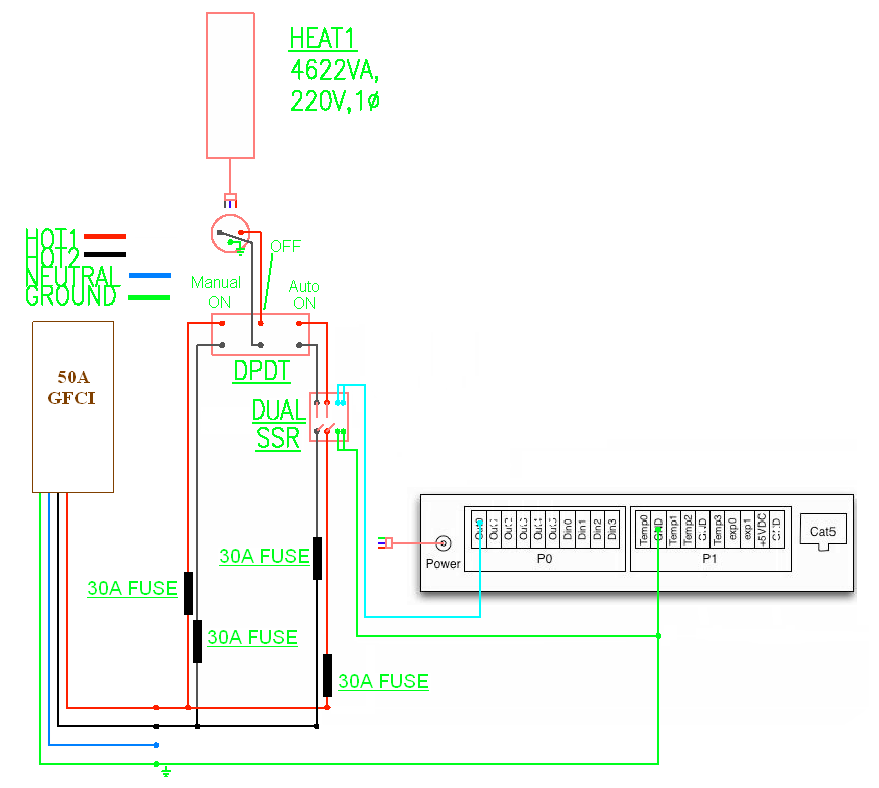Brewineer
Member
Howdy,
I've made numerous assumptions with this, but here is a rough wiring diagram. I'll let the other posters peer review and point out errors:
http://img511.imageshack.us/img511/705/brewrig.png
I've made numerous assumptions with this, but here is a rough wiring diagram. I'll let the other posters peer review and point out errors:
http://img511.imageshack.us/img511/705/brewrig.png




